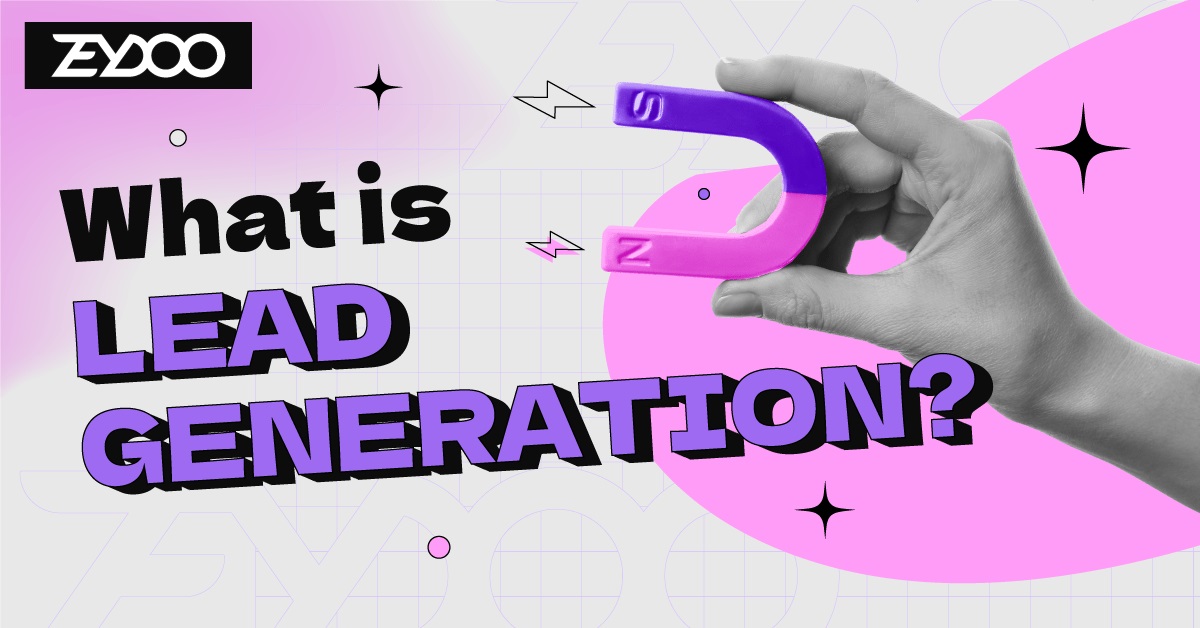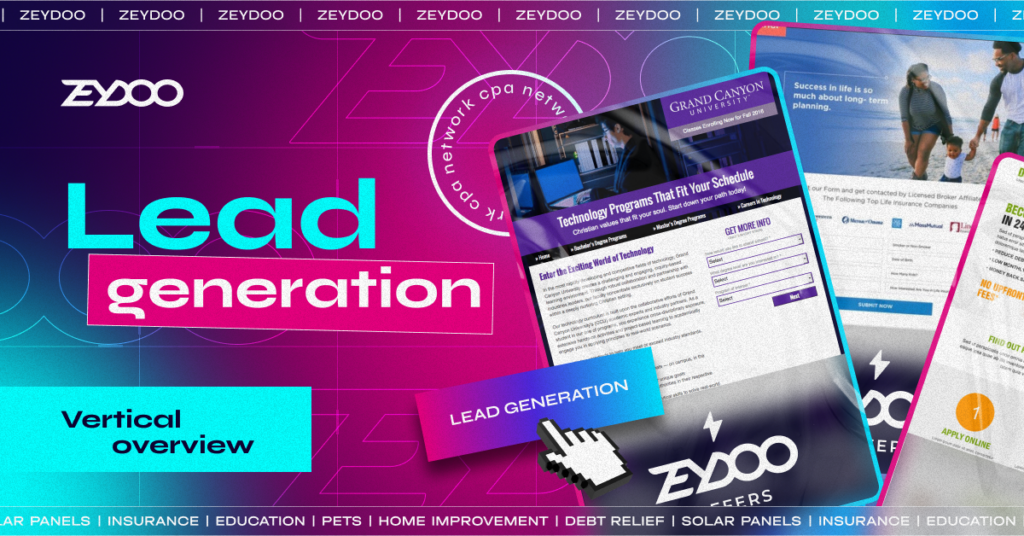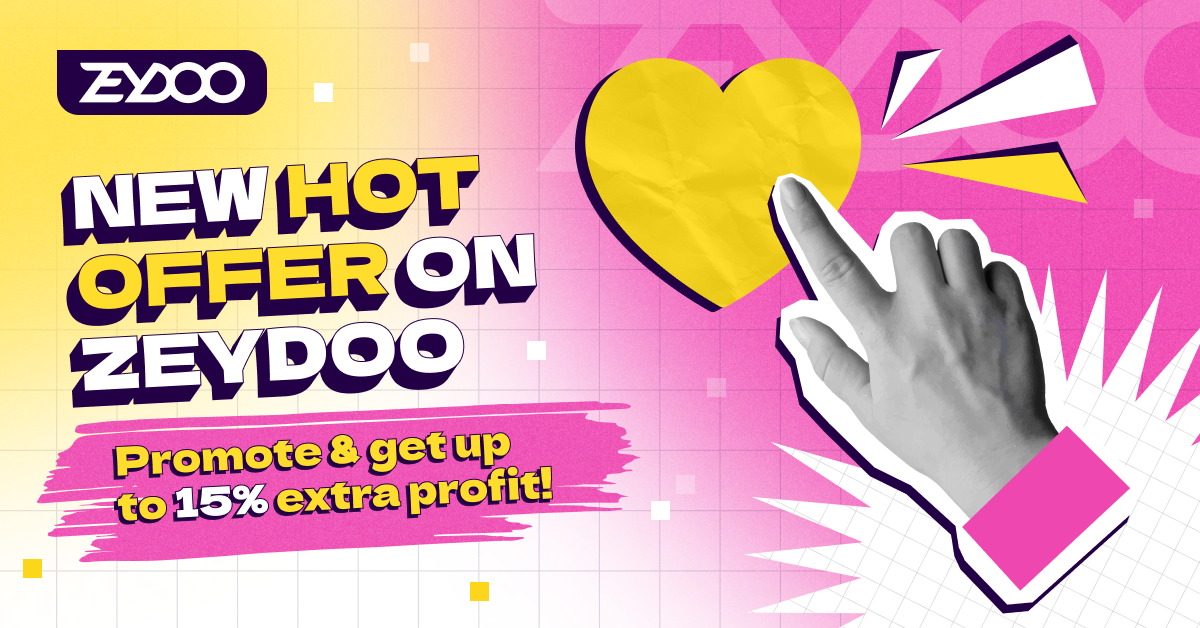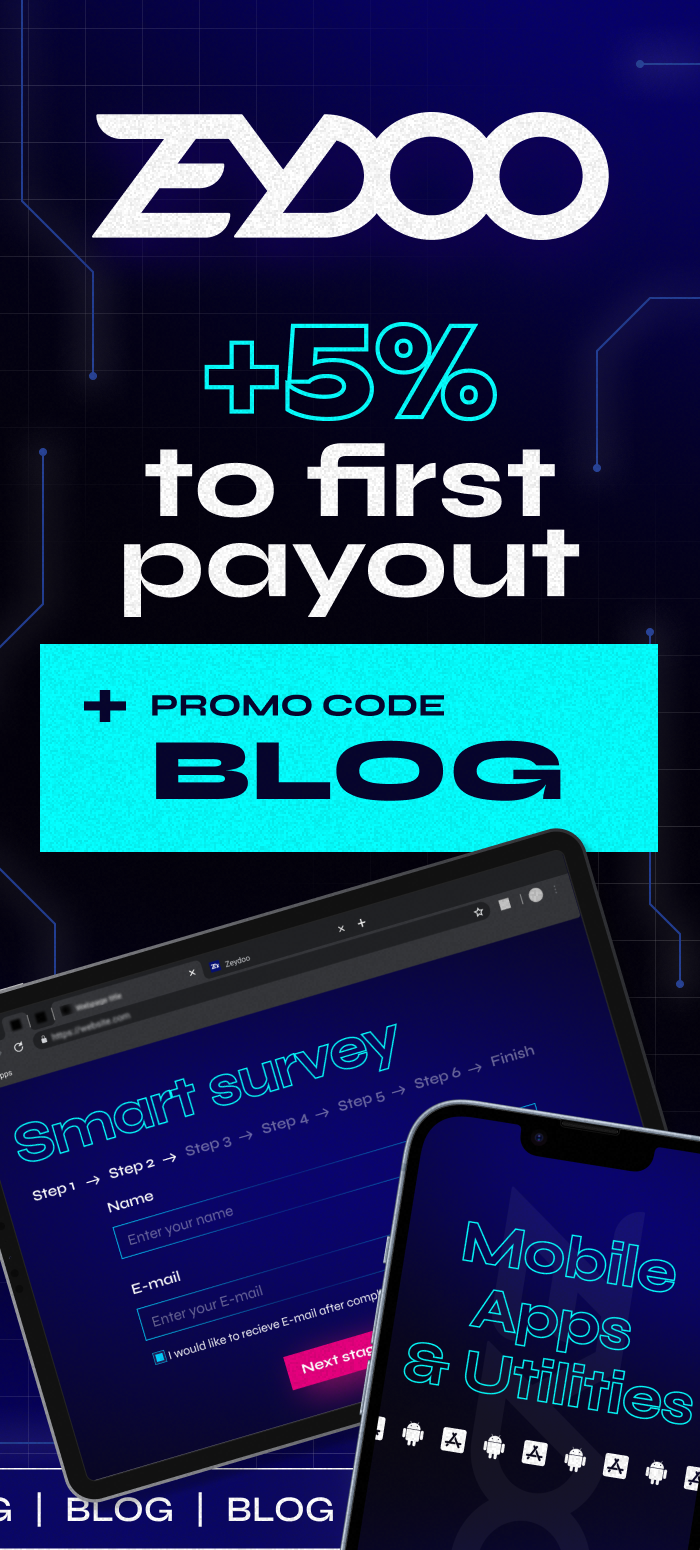Who will most likely order your product or purchase your service? Once you answer this question, you will want to make sure you attract these exact people—your prospective customers.
How to do this?
The right lead generation strategy is the answer. Of course, yours will depend on your exact business and purposes. Still, today, we will help you to get a basic idea of how to find people interested in your offers.
What is lead generation?
Lead generation means attracting potential buyers and motivating them to share their contact information with you. It’s the initial stage of the marketing funnel through which marketers raise awareness of a product while visitors develop interest, engage, and later buy.
Note: A lead is anyone keen on buying a company’s product or service once convinced it will solve a particular problem.
In short, to generate leads, you should encourage prospective buyers to share their contact details with you. Why do you need this at all, though?
Why is lead generation important?
In typical situations, site visitors are unlikely to buy a product the first time they visit a store. They are mainly not really interested in spending money on something they have just seen or heard about for the first time.
However, they can consider it if they know the product better and ways it can solve their problem. So, to excel at marketing, you should get unique leads, nurture them by sharing helpful content, and urge them to buy the products you are promoting.
With the right strategies, you can encourage as many visitors as possible to complete a web form with their contact details. Then, you can transform them into buyers later. Even if you are a beginner, we’ll offer you a brief, easy-to-follow guide you can use to begin. So, keep reading!
Types of Lead Generation
Let’s look at the two most popular categories of LeadGen:
Inbound lead generation
This marketing method entails creating and publishing helpful content to attract the audience’s attention. Later, you turn the leads you have gathered into actual buyers. For instance, you could display an online opt-in pop-up form for any visitor who scrolls down to the middle of your web page.
In this technique, potential buyers must first express interest in the content you offer about your range of products. Leaving their email address so you can share more about your merchandise is one vivid sign that they are really interested in hearing from you often.
Some of the famous inbound lead generation examples include:
- Landing Pages. Marketers use these stand-alone pages to attract visitors to their sites and turn them into leads effectively. Usually, a landing page has a form that web visitors must fill out to access a gift, such as an educative webinar or an eBook.
- SEO lead generation. Search Engine Optimization, popularly known as SEO, involves ranking your website above other websites in organic search results. The process is elaborate: it involves keyword research and advanced techniques such as SEO audits and link building, among other tactics. SEO is mainly an organic lead generation strategy where you expect search engines such as Google and Bing to reward you by ranking your site higher above others. You don’t pay a dime to the search engines to show your site higher and make it more accessible to the audience.
At the end of the day, well-optimized websites are easier to find, and prospects will likely express interest in learning more about your merchandise and buying later if it can solve their specific problems.
- Email marketing lead generation. This is another suitable method of building and nurturing a list of leads. In email marketing, you send emails to prospective buyers. For example, as an email marketer for an ecommerce store, you can send regular emails updating prospects about new products. Alternatively, you can send instructional emails about how to use the product for optimal benefits.
- Social media lead generation. It doesn’t mean you can’t gather leads through other means if you don’t have a website. You can be successful mainly by using the social media accounts you already have.
For example, you can publish your working process if it looks engaging:
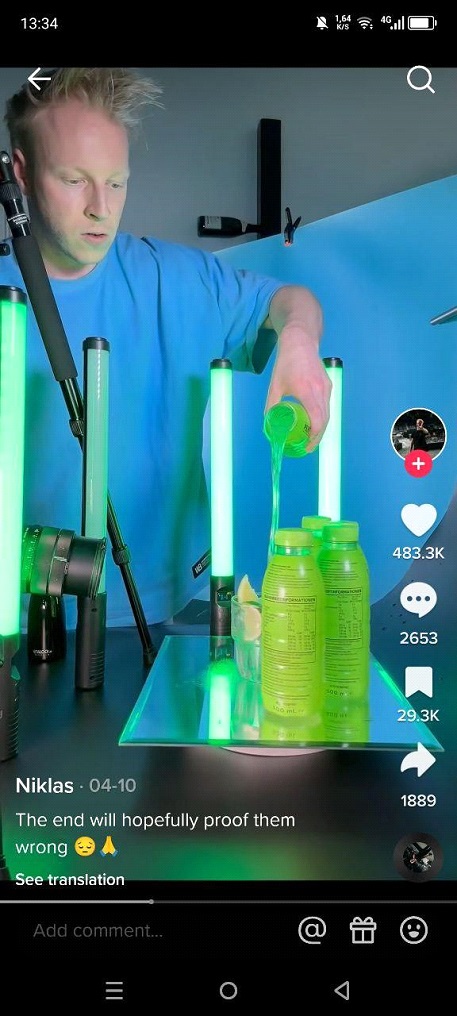
This way, you attract a large audience that can also hide some leads!
- Content marketing. This method is mainly about publishing high-value content: blog posts, educative videos, ebooks, etc. This way, you will get a particular category of loyal visitors by consistently sharing with them helpful content. These faithful followers, over time, become profitable buyers. Take our blog as an example 🙂
Outbound lead generation
In this, you reach out to people you consider potential buyers first. You contact them because, after a brief research, you think they should be made aware of your products or services.
Note: It might be frustrating if it’s your first time doing this exercise. Therefore, you should be ready for many ‘nos’, but the few yeses will be worthwhile.
A little hint on increasing your success rate when gathering leads using outbound methods is thoroughly researching and identifying prospects by analyzing their behavior. Then, once you have identified them, you reach out to them.
Now, some of the known outbound lead generation examples you can try include.
- Direct Mail – Companies send physical mail to potential buyers. The mail can be a postcard or a brochure promoting one or more of their merchandise.
- Cold calling – As a marketer, you call prospects even when you know they are not interested in the merchandise you offer. Importantly, to increase the chances of getting a ‘yes’ from them, before calling, you can research and strategically plan to call the prospects when it is convenient for them. Good planning usually guarantees a higher success rate.
- PPC lead generation – To drive massive site traffic, companies buy ad spaces on websites relevant to their industry using the Pay-Per-Click (PPC) model. The display Ads can contain text, attention-grabbing images, or videos.
- Events are usually physical or virtual, including trade shows, webinars, or conferences. Mainly, businesses plan for and encourage their staff to attend these events to connect with targeted groups and showcase their range of products.
- Search Engine Marketing (SEM)—Unlike SEO, SEM entails paying search engines such as Google or Bing to show your specific ad results in searches. Notably, having a budget assigned for SEM can be one of the best ways to drive massive traffic quickly to your page.
- Cold emailing – While cold emailing, ensure that the message has highlighted the benefits clearly stated. Ensure you concisely explain how the product or service will add value to the recipient. However, this method is pretty controversial, and you need to be careful about it. The reason is the General Data Protection Regulation (GDPR). Your cold email marketing must be compliant with it (e.g. respect user privacy!) and follow very strict rules.
Other important types of outbound marketing you should be aware of include LinkedIn outreach, content syndication, affiliate lead generation, and traditional media advertising on radio and television.
Lead Generation Process. How Does it Work?
The modern techniques comprise two essential elements: driving traffic to your site or social media page and encouraging those visitors to fill in the online form with their contact details.
Note: The overall endgame of the exercise is to boost sales. Therefore, you begin by attracting, transforming, and nurturing the leads until they convert.
For best results, you must strategize how to get and turn as many visitors as possible into leads and persuade them to buy the products you promote.
To be successful, you need to learn how the entire process works, including preparing, planning, implementing, and measuring the success rate of your efforts along the way.
| Step/Tactic | Benefit |
|---|---|
| Attract Visitors | Increases traffic and initial engagement 👀 |
| Gather and Classify Leads | Collects potential customer data 📊 |
| Nurture Leads | Builds relationships without hard selling 💬 |
| Engage Ideal Buyers | Targets sales messages to ready leads 🎯 |
| Evaluate Performance | Measures success and guides improvements 📈 |
Below are easy-to-follow steps:
Attract visitors to your site or social media page
Drawing the visitors’ attention is the initial and most crucial step. When done, you are one step closer to having a successful lead generation exercise. Let’s break this down.
Begin by choosing the proper method to capture the attention of the targeted visitors. This will depend on your business model, campaign revenue potential, and expertise.
So, you can choose an inbound or outbound or combine both methods. For example, content marketing techniques can be the most effective lead-generation method if introducing a new product.
You will be helping prospective buyers make informed buying decisions by publishing informative and educative blogs.
Gather and classify new leads
Tactful marketing is about first getting website page visitors’ attention and then turning them into leads shortly afterward.
To transform many of them into leads, you must begin by picking the best-suited method of encouraging new, unique visitors to leave their contact details with you without feeling cornered.
For instance, educative webinars in a given niche, such as affiliate marketing, can be a suitable lead-generation method for companies offering helpful marketing tools.
You can get relevant leads by conducting webinars. Then you can easily sell to them later. Usually, the gathered leads mostly meet all the prospective customers’ qualifications, including purchasing power.
Nurture the unique leads gathered
Once you have a list of leads, what do you do next? As a rule of thumb, you should wait to begin selling. In fact, they are only focused on getting the value you offer when they read the content you are sharing or promised to share once they fill out the form.
Therefore, at this point, you must only share all the helpful content you promised the prospective leads with them. Wait to sell to them until they are receptive to sales messages.
Only educate and answer questions prospective buyers ask. Let them understand the product better first.
Reach out to leads who fit the profile of an ideal buyer
You have been educating and informing leads about their needs and how the products you have can solve their specific issues. Now, what next?
Once you have nurtured the leads and are convinced they can receive sales messages, reach out to them. Send them sales messages.
Notably, ensure the message is packaged convincingly that the product will solve a particular problem. The leads will most likely buy since they know their pain and how the product resolves it.
Evaluate the campaign’s performance
In other words, make sure your lead generation is successful and profitable. To track the performance, you will need to analyze the key metrics, including the Return On Investment (ROI).
For example, once you conduct a marketing campaign costing $1000, get 10 leads, and make 5 sales of $2000 each, your job is a great success based on the positive ROI.
However, you can still do better by capturing more leads. Other important metrics to consider are Conversion rate, Click-Through Rate, and Cost Per Lead, among others.
Lead Generation Trends
The general marketing landscape is changing rapidly. Tactics and strategies that were working in the past don’t work now. Leading generation, the critical primary marketing pillar, has not been spared changes.
Basically, some parts of the entire process have evolved to some of the latest and most efficient methods. This, for example, includes:
- AI-generated content: texts, images, and videos created with the help of MidJourney, ChatGPT, and other generative artificial intelligence programs.
- Automated lead management. This involves software tools that help you quickly download the list of leads, track your campaigns, and conveniently organize processes – for example, Dripify for LinkedIn.
- Chatbots. This is also about automation and AI: you don’t lose a prospect because a sales manager was too slow to reply.
Of course, the trends will keep evolving! So, the main tip is to study and get updated with every detail about the upcoming trends in the digital space and take advantage of every new opportunity that emerges for the best results.
Conclusion
Prospective buyers usually take time to research after visiting a store or website. So, lead generation exercises are indispensable.
To excel in marketing, even as a beginner, you must learn about the ins and outs of lead generation, the various methods you can use, and the tactics to put in practice for each technique to work.
